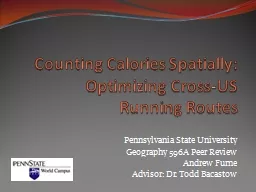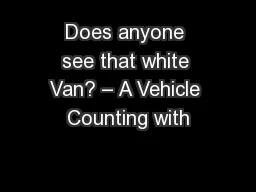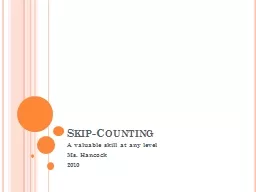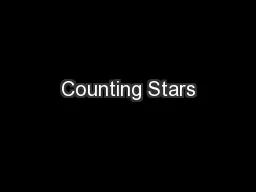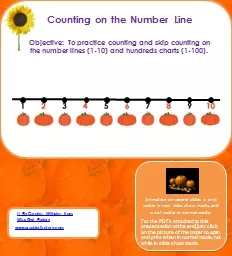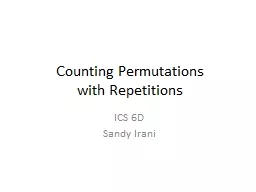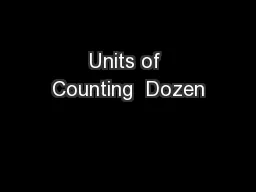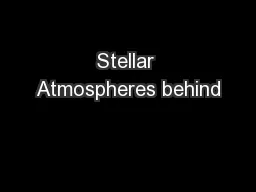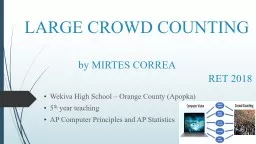PPT-Counting Calories Spatially: Optimizing Cross-US
Author : tawny-fly | Published Date : 2018-10-28
Running Routes Pennsylvania State University Geography 596A Peer Review Andrew Furne Advisor Dr Todd Bacastow Table of Contents Background Study Factors Research
Presentation Embed Code
Download Presentation
Download Presentation The PPT/PDF document "Counting Calories Spatially: Optimizing ..." is the property of its rightful owner. Permission is granted to download and print the materials on this website for personal, non-commercial use only, and to display it on your personal computer provided you do not modify the materials and that you retain all copyright notices contained in the materials. By downloading content from our website, you accept the terms of this agreement.
Counting Calories Spatially: Optimizing Cross-US: Transcript
Download Rules Of Document
"Counting Calories Spatially: Optimizing Cross-US"The content belongs to its owner. You may download and print it for personal use, without modification, and keep all copyright notices. By downloading, you agree to these terms.
Related Documents

